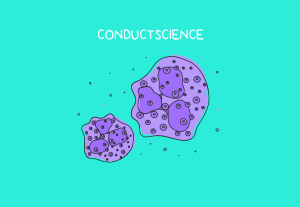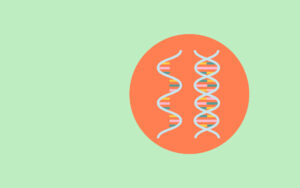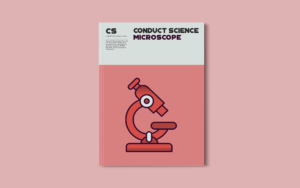
Can You Divide a Strand of Hair? The Ultramicrotome
Need Microtomes for your studies? Click here As an Amazon Associate, ConductScience Inc. earns revenue from qualifying purchases What is the Ultramicrotome? Microtomes are

Need Microtomes for your studies? Click here As an Amazon Associate, ConductScience Inc. earns revenue from qualifying purchases What is the Ultramicrotome? Microtomes are

Introduction Since the discovery of chromosomes, the cytogenetic field has evolved rapidly. The techniques have unfolded several hidden mysteries of chromosomes. And later, it

As we know, cytogenetics is the study of chromosomal structure and behavior by using different staining techniques. In the year 1962, Lejeune proved Waardenburg’s hypothesis

As an Amazon Associate, ConductScience Inc. earns revenue from qualifying purchases Introduction Histology is a routine lab technique used to evaluate the morphology and structure

As an Amazon Associate, ConductScience Inc. earns revenue from qualifying purchases Introduction Cytogenetics is the study of the structural and functional properties of the chromosome.

Introduction Cytogenetics was introduced in 1900 as a tool to determine the correct number of chromosomes of an organism. Since the 1970s, it has been

The information about the structure, interactions, and dynamics of biomolecules (protein, DNA, and RNA) is essential for understanding cellular processes. This knowledge is deconvolved by

As an Amazon Associate, ConductScience Inc. earns revenue from qualifying purchases Introduction Minor compounds, also known as “Minerals or Micronutrients”, are required by

As an Amazon Associate, ConductScience Inc. earns revenue from qualifying purchases Introduction Lipids are biomolecules having a diverse group of organic compounds that include fatty

Need Microscopes for your Lab? Click here Introduction Microscopy is used to visualize objects that are too small to see with the naked eye. In

Need Centrifuges for your lab? Click here Introduction Ultracentrifugation is a specialized technique used to spin samples at exceptionally high speeds. Current ultracentrifuges can spin

Need NMR Instruments for your lab? Click here The structure of a molecule can be predicted using NMR spectroscopy. However, the interpretation of the signals